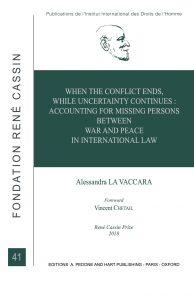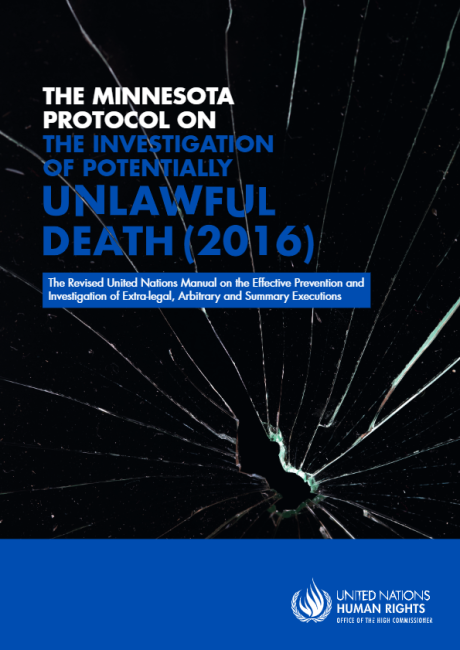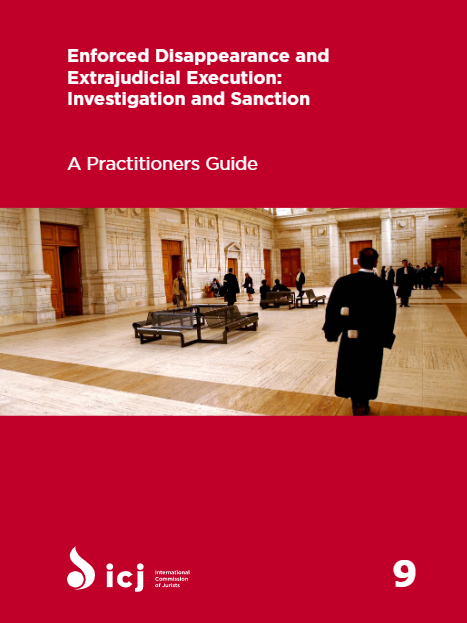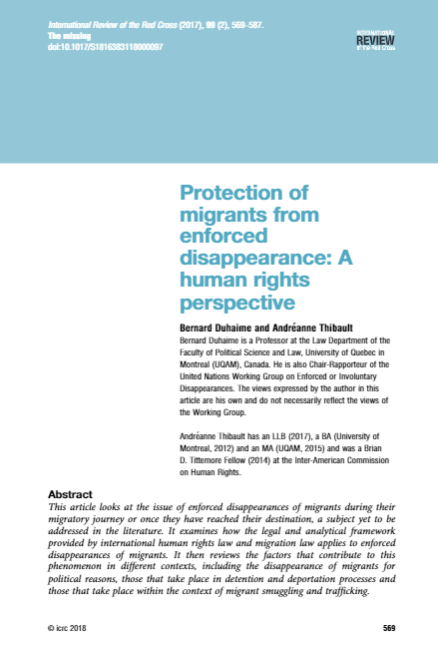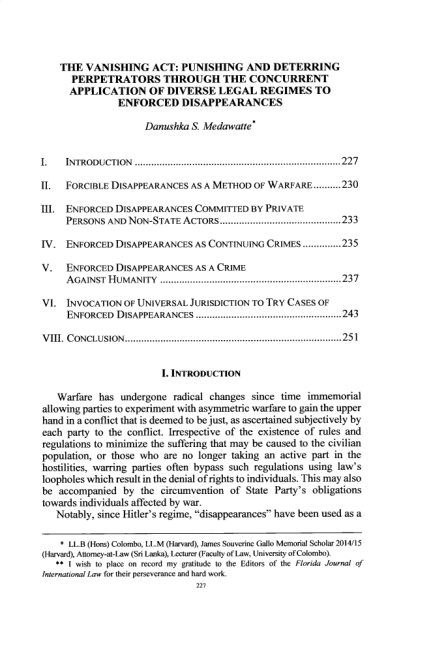
Margins of conflict: The ECHR and Transitions to and from Armed Conflict
The European Convention on Human Rights was drafted in the wake of World War II. The dark shadows of war have never fully receded from Europe however. Armed conflict has resurged time and again, from Northern Ireland to Cyprus and Turkey, and from the former Yugoslavia to the Caucasus. This book focuses on the margins of conflict: human rights aspects of transitions from peace to armed conflict and vice versa. Firstly, it seeks to explore what limits human rights put on European societies which are on the brink of armed conflict. Secondly, it surveys the consequences of human rights violations committed during the armed conflict by looking at the aftermath of war. In a stimulating way, experts in their field offer food for thought on a broad range of material and especially procedural issues such as the territorial scope of the Convention, states of emergency, freedom of expression and conflict escalation, obligations relating to enforced disappearances, interim measures, and pilot judgments. Taken together, they reflect both the potential and limitations of human rights in the run-up to conflicts and their aftermath.



